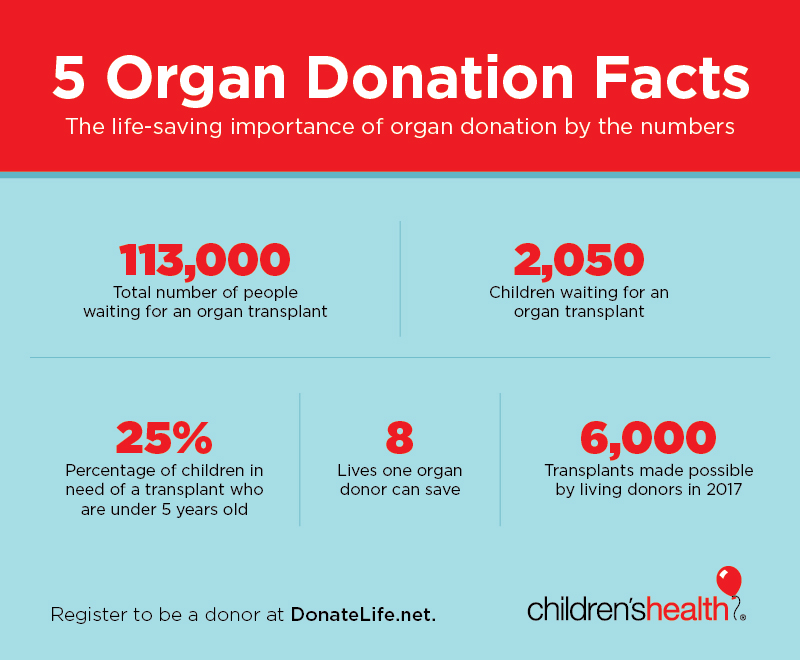
Seven years ago I made a couple of visits to a hospital where a friend was waiting for a heart transplant. I saw first-hand that it was a grueling ordeal with no guarantees. He recently asked if he could do a guest post to encourage others to register as organ donors. Here is his touching, personal, and somewhat humorous account. For information about how to sign up for organ donation visit DMV.org.
Reflections of a Heart Transplant Survivor by Steve Suto
My purpose in writing this piece is to facilitate awareness and persuade you to sign up as an organ donor. November 2020 will (God willing) mark my seventh year of continued life with a stranger’s donated heart. I know only that my donor was under 50 years old, bigger than me, and a two-hour LearJet flight from somewhere to Rochester, NY. I never wrote a thank you to my donor, as his heart was given to me with no conditions. I hope those who were in the family of any organ donor will accept my gratitude.
I feel better thinking that I am alive because of some family’s humanity. There is no cause and effect yet I somehow have to reconcile the seemingly opposing thoughts that I am alive because of someone else’s tragedy mitigated by their humanity. These families allow today’s medicine to continue lives that would otherwise be cut short.
Medicine is part science and part art. Every prominent religion endorses organ donation as an expression of charity. My religious upbringing teaches me that we are made in our creator’s image. I believe, however, that God would not go out of His way to look like me. My only other way to trust this truth is believing that our Creator’s “image” is exemplified creativity and is reflected by our diversity. Medicine has created organ transplants. I believe Jesus forgives plastic surgeons. By now you might have figured out that I’m taking advantage of the fact that someone gave me the chance to return to my life with no conditions; even though more than one of my employer’s 360 evaluations point out that I‘m some kind of wise-ass.

Greatful and the “Grateful Dead”
I registered as an organ donor after an appeal between songs by Phil Lesh of “The Grateful Dead” when he thanked his donor for his extra time to keep playing music and he would be Grateful to sigh anyone’s donor card. This was in 2003 on a tour with Willy Nelson & Moe and featured Joan Osborne singing lead for the Dead. After Jerry Garcia’s death, Joan sang lead on songs that revived songs on hiatus traditionally sung by deceased bandmates Garcia and Pigpen McKernan. She gave more than these songs a second life for me. Dr. Doug Green & I trade music that we like back & forth but he is not like me, as I’m a self-described recovering DeadHead with no musical talent and Doug can actually play music.
When I first saw a New York State organ donor license plate that said Donate Life, pass it on I thought wow. They left that door wide-open knowing people like me are out there and we like to goose Murphy’s law. Inspiration and Phil Lesh’s appeal turned into a DeadHead’s inside gesture versus an offsetting socially mitigating statement. My license plate reads Donate life, pass it on, 420 4U become an organ donor; or translated, donate life, pass it on, “High Time” for you to become an organ donor. 420 is code for International Cannabis Day.
Legend says 420 evolved from the time of day two friends partook. This grew through their network of friends. Eventually, 420 was the time of day before any jam band concert fans got high. Thus my interpretation of “high time.” Why keep this for jam band fans only. Your awareness of 420 Day shows the next level of acceptance of this custom. National Holiday!? This plate using 420 for “high time” would not be acceptable in California. New York won’t let you even swear in pig Latin on a plate but they missed this one. Even though I might spend more time every year in my Florida condo, I remain a New York resident. I’m proud that I had that NY license plate years before my health deteriorated and I needed a transplant.

New Life, New Heart
In my new life with a new heart, the greatest change I have made is to allow the effects of an artist to fully wash over me and engage all of the emotions I honestly feel. It’s no coincidence that so many traits like persistence, guts, love, and humanity have heart as a synonym. I am even more grateful that after my transplant I was able to be there and reciprocate & support my wife, Carol when she went through a health ordeal that included life-saving emergency surgeries.
Here’s how a transplant candidate went from a rejected heart transplant candidate to a transplant patient who walked the 200 yards back to the hospital’s transplant ward from the ICU within 36 hours of waking up from successful transplant surgery. Most transplant recipients spend a week or more recovering in the ICU. Every day since at some random time I suddenly experience profound gratitude to my unknown donor and his family. I hope this continues every day I continue to live.
To quote country outlaw Ray Wylie Hubbard, “any day when my gratitude exceeds my expectations I’m having a good day.” This sounds like something you learn in rehab. He once described a woman as “tougher than rehab”. He also, in turn, quotes his grandmother in his song Conversation With the Devil saying “some folks are saved because they see the light, others are saved because they feel the heat.” Incidentally, if I never got my transplant my tombstone would have read “It just doesn’t seem like Hell without You”. My friends & family who know me wouldn’t take offense. Thanks for reading and please sign up to become a donor and share this with your network.












